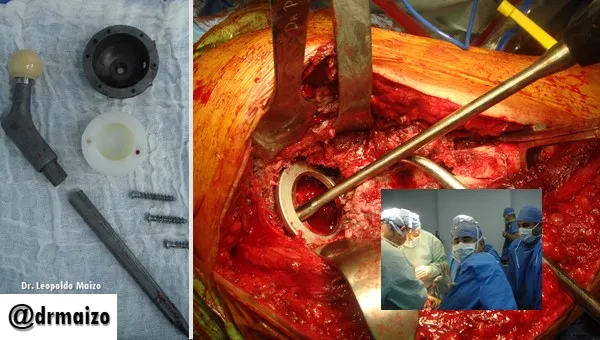
Prosthesis´s Replacement
This procedure is usually reserved for very old patients with a short life expectancy. It is also recommended for healthy patients who have a loosened hip prosthesis, acute infection, confirmed identification that the bacterium that caused the infection has a low virulence level, as well as a good soft tissue condition without the presence of fistulization.
The operation of replacing an infected hip prosthesis in one time entails a series of advantages with respect to that of two times, such as lower cost and fewer side effects, faster recovery, administration of antibiotics with minor systemic effects and less compromise of the functionality of the joint.
Likewise, to carry out this type of intervention it is necessary to have a surgeon and an expert multidisciplinary team with a very high degree of specialization. The success achieved in this type of intervention is between 80% and 90% effective in most cases.

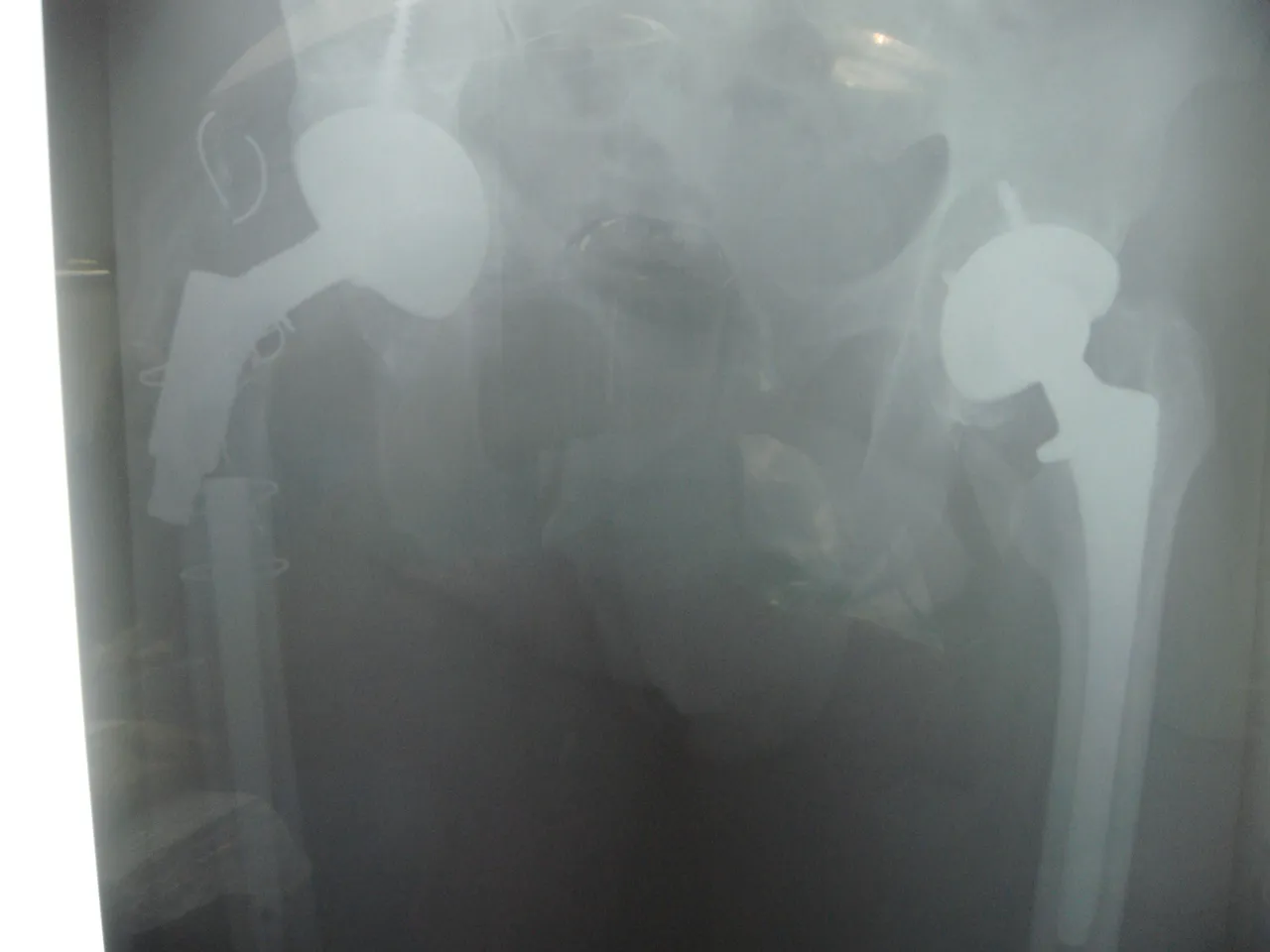
Procedure
A complete extraction of the implanted elements, cement and all foreign or necrotic matter is performed. Sometimes it seems complicated to extract it at that moment, but if the situation is delayed it would worsen and it would be even more difficult. In cases where the infection has occurred in revision hip prostheses with fistulas or non-articular bone defects, it is advisable to revise, clean and culture all areas independently and aggressively.
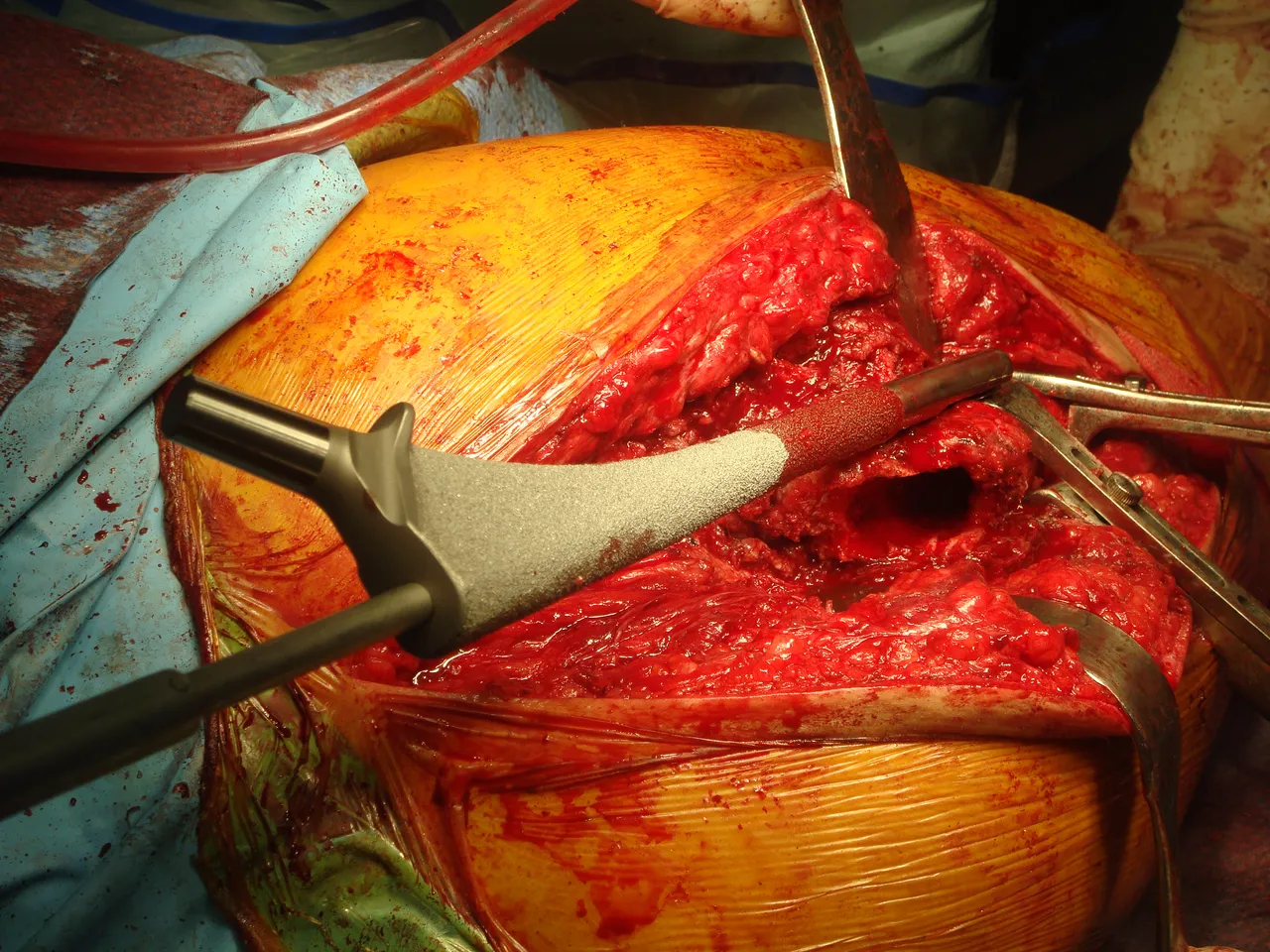
The treatment for hip prosthesis infections based on the replacement of the hip prosthesis in one time, is a complicated operation that requires a highly experienced medical team to perform it with high success rates.
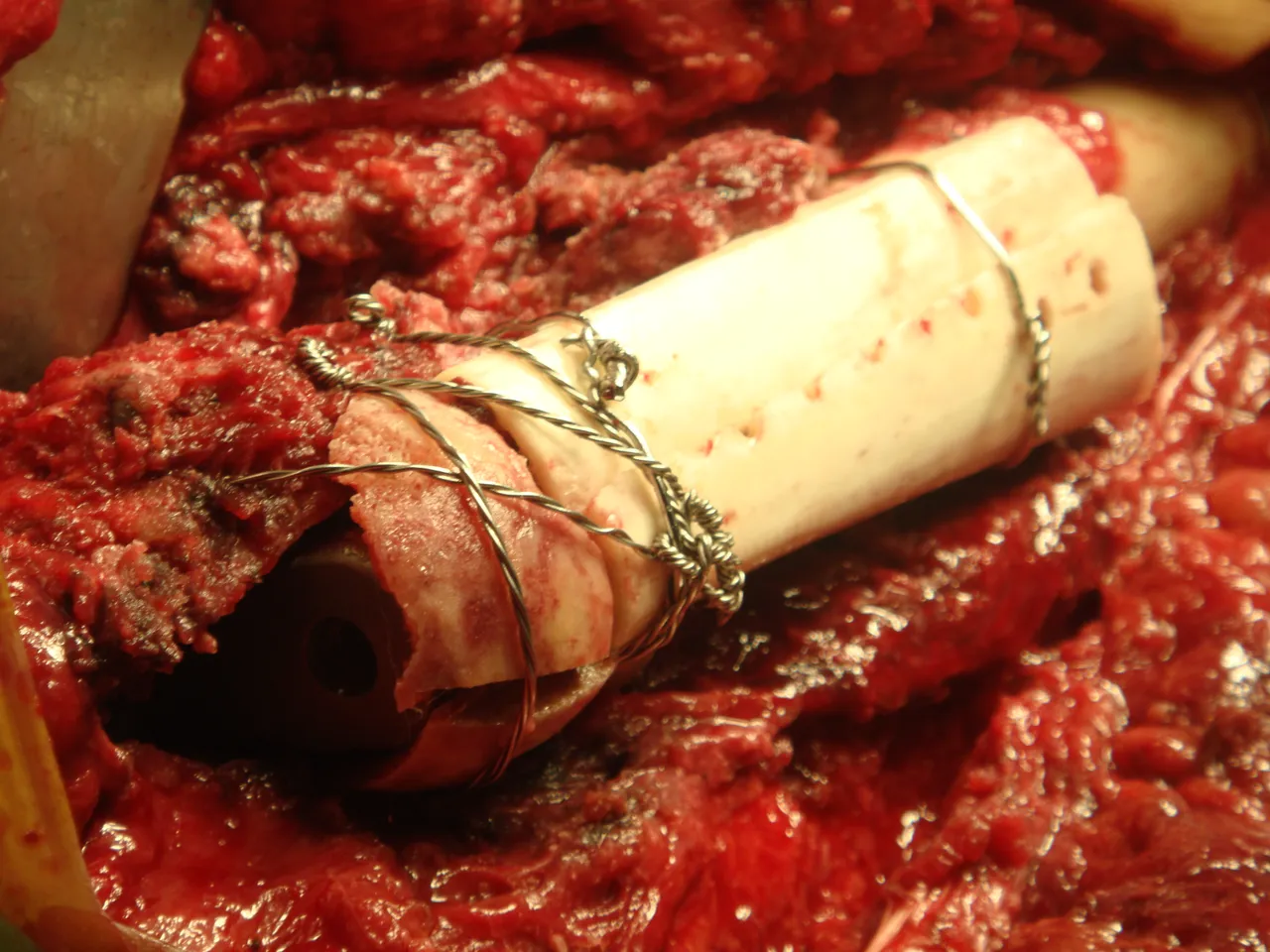
The addition of high doses of antibiotics to the cement is a very important part of the treatment. This is done with the intention that the antibiotics colonize the implant protecting it before the bacteria can do it.

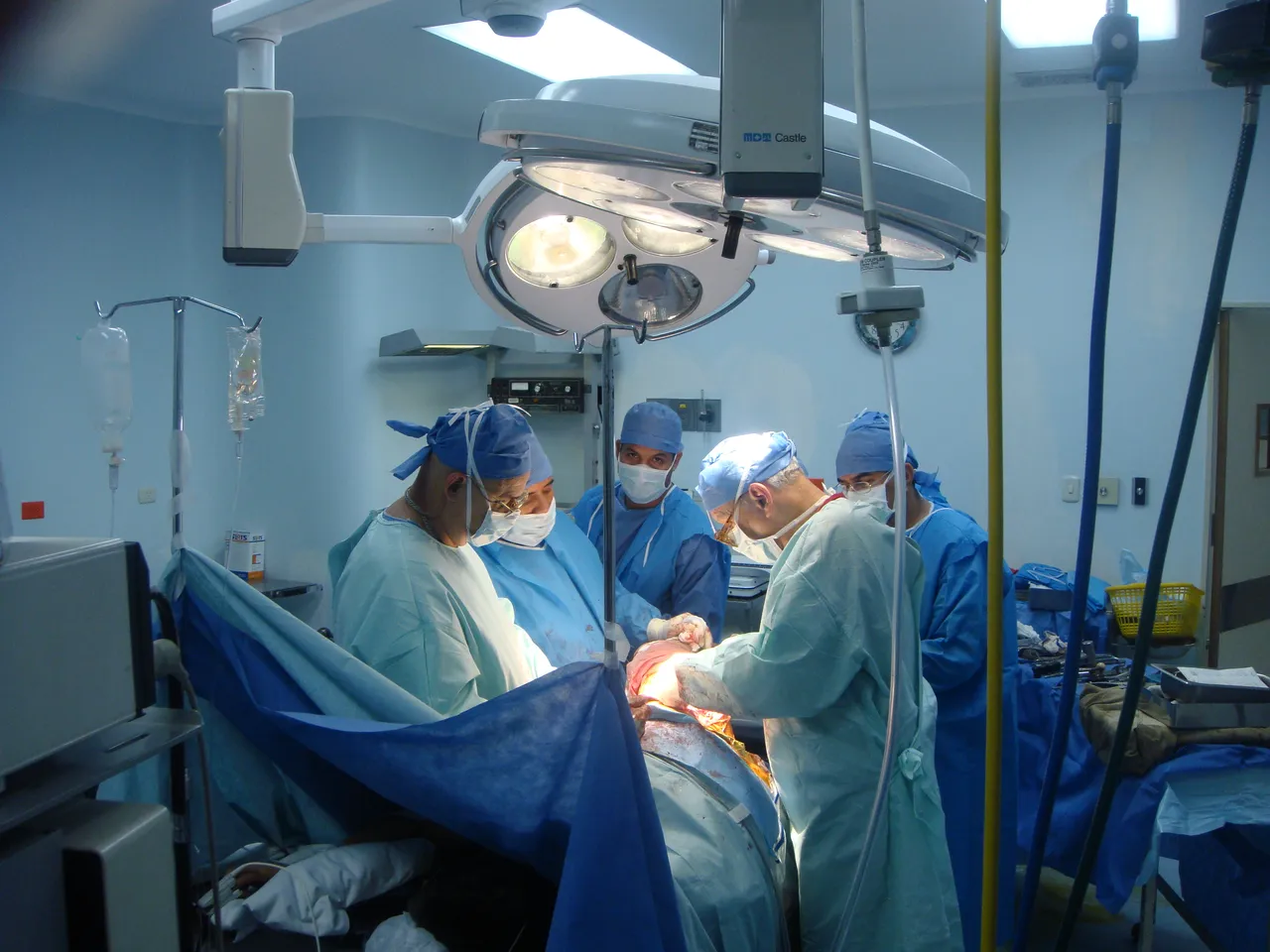
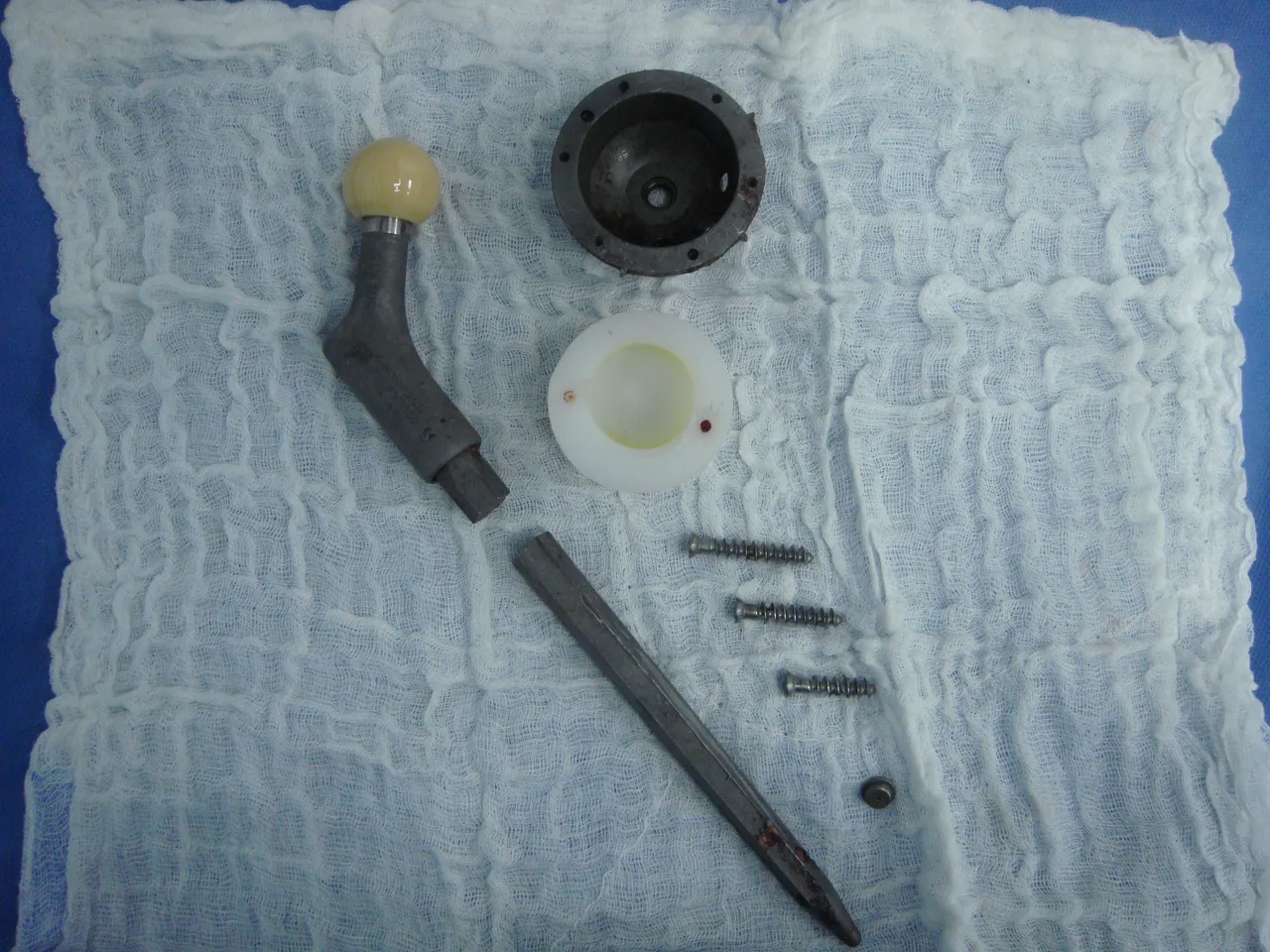
After surgery
After surgery, you will be moved to a recovery area for a few hours while the anesthesia wears off. The medical staff will monitor your blood pressure, pulse, alertness, pain or comfort level, and your need for medication.
Preventing blood clots: After surgery, you will have an increased risk of blood clots forming in your legs.
Early mobilization. It is recommended that you sit down and even try to walk on crutches or a walker shortly after surgery. This will probably happen the same day as the surgery or the next day.
Pressure application. Both during and after surgery, you could wear elastic compression stockings or inflatable sleeves similar to a bracelet to take blood pressure in your lower legs.
Anticoagulant medications. After surgery, your surgeon may prescribe an injectable or oral anticoagulant. Depending on how soon you walk, how active you are, and your overall risk of blood clots, you may need blood thinners for several more weeks after surgery.
Dr. Leopoldo Maizo - Orthopedic Surgeon

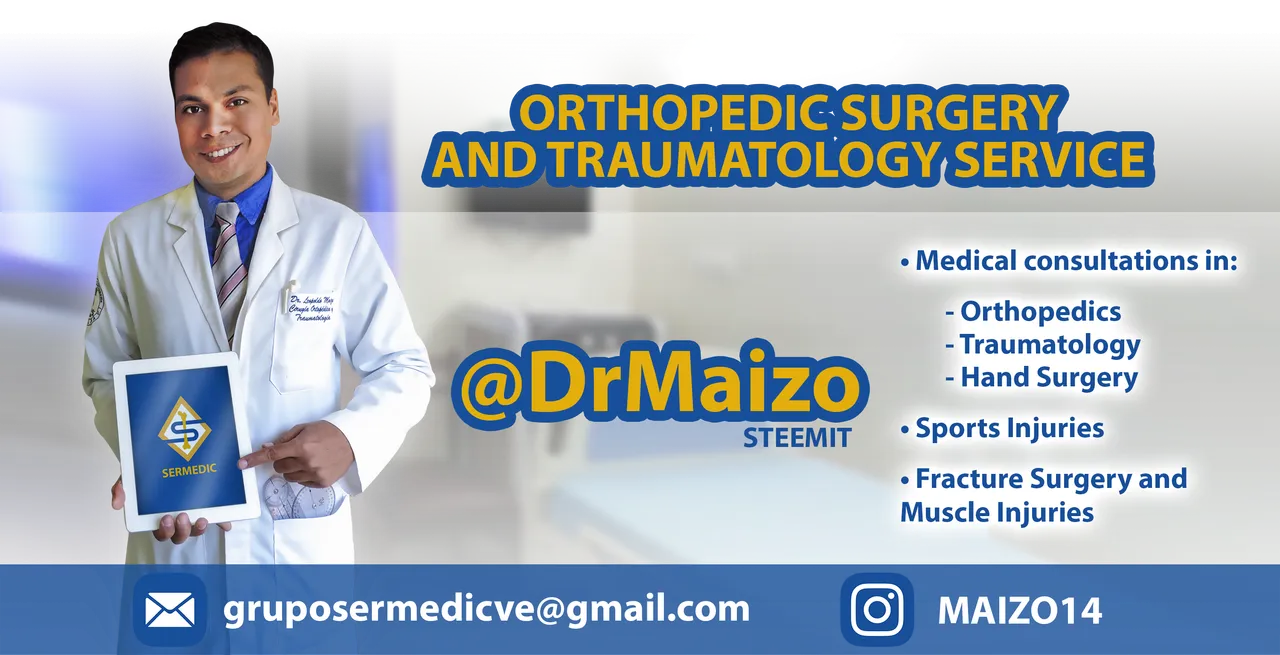
Firma diseñada por @themonkeyzuelans, contáctalos vía Discord "themonkeyzuelans#9087"
Great projects from the Steemit community:
- My Fundition campaign: https://fundition.io/#!/@drmaizo/6f88ggj8h



